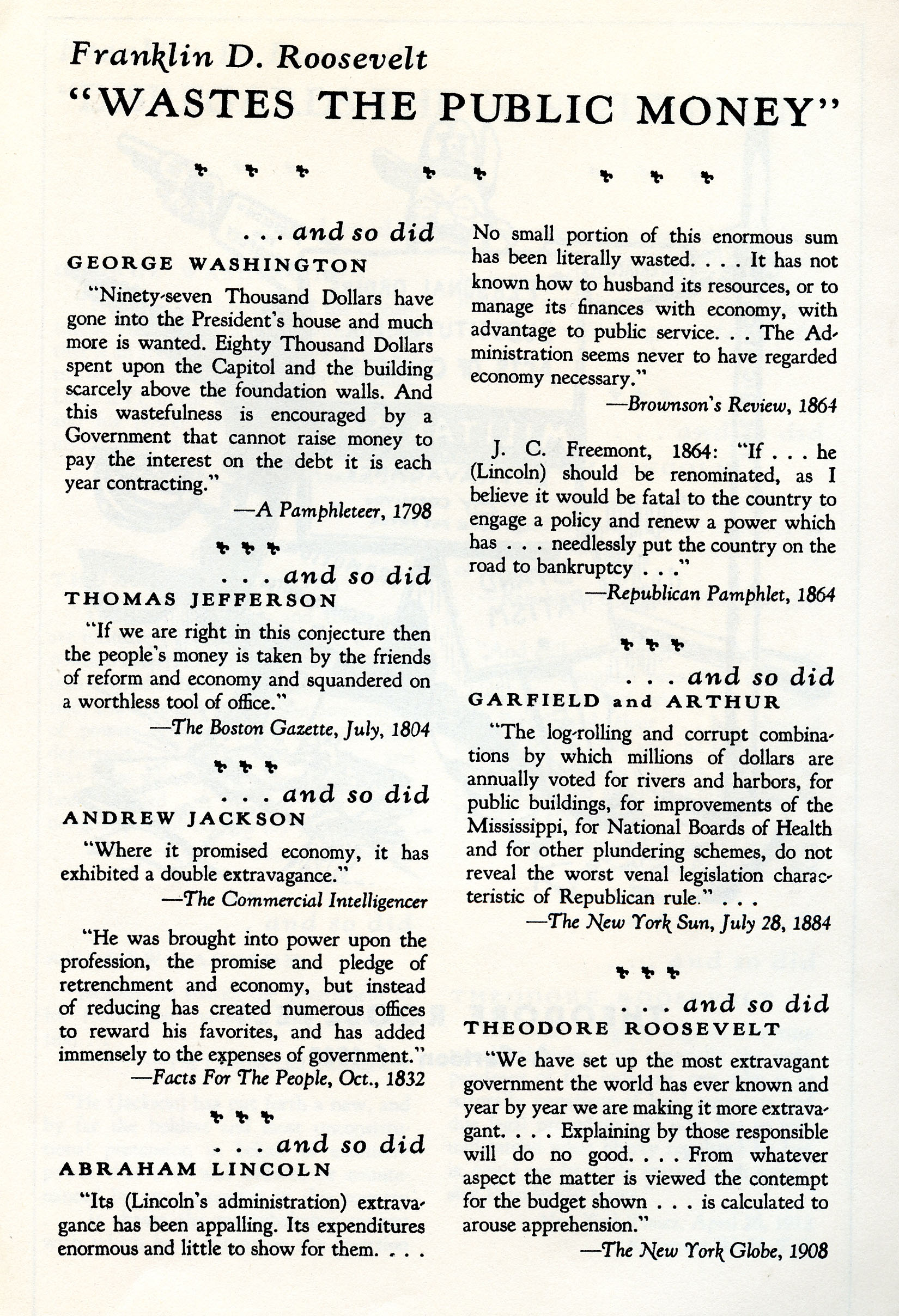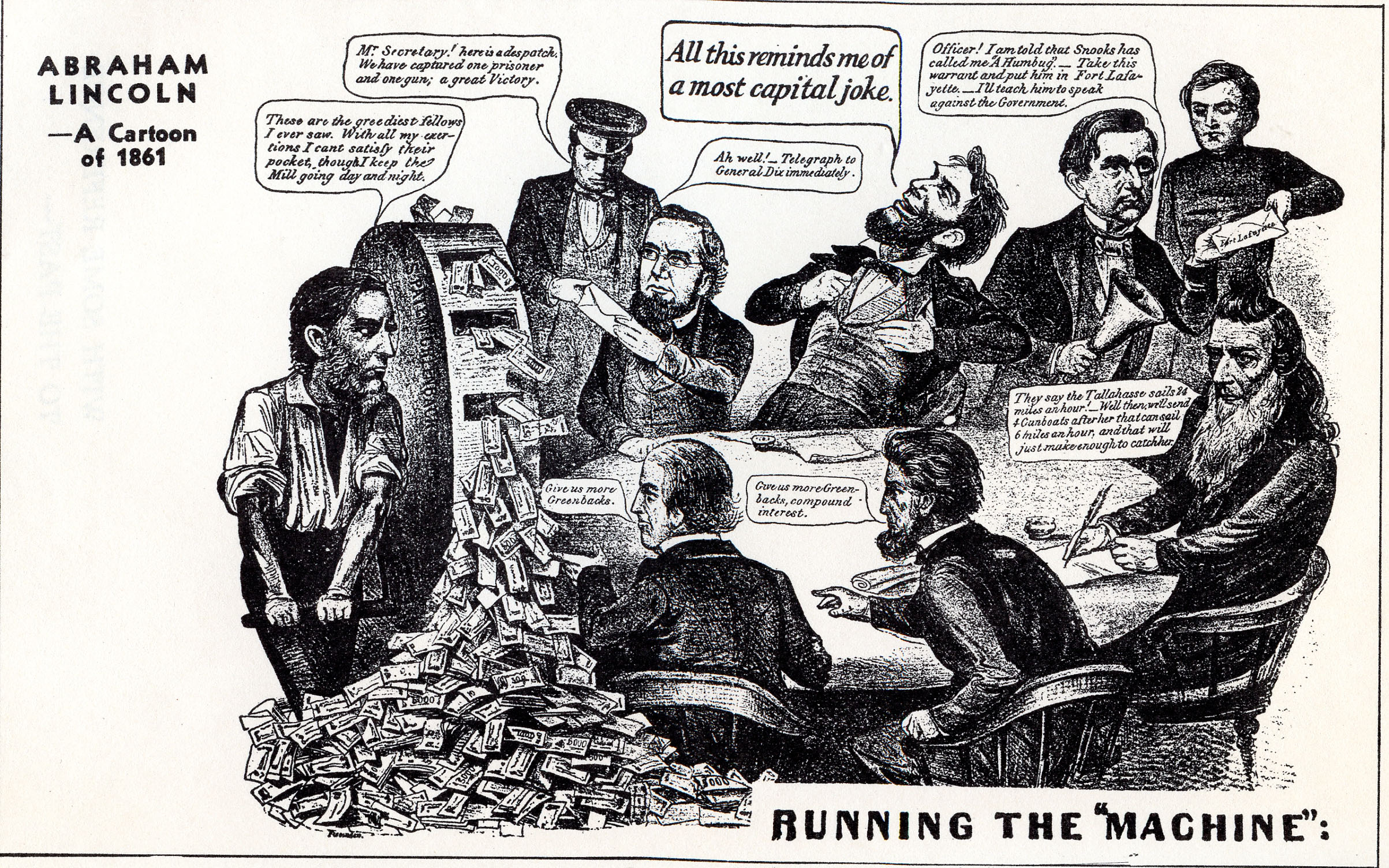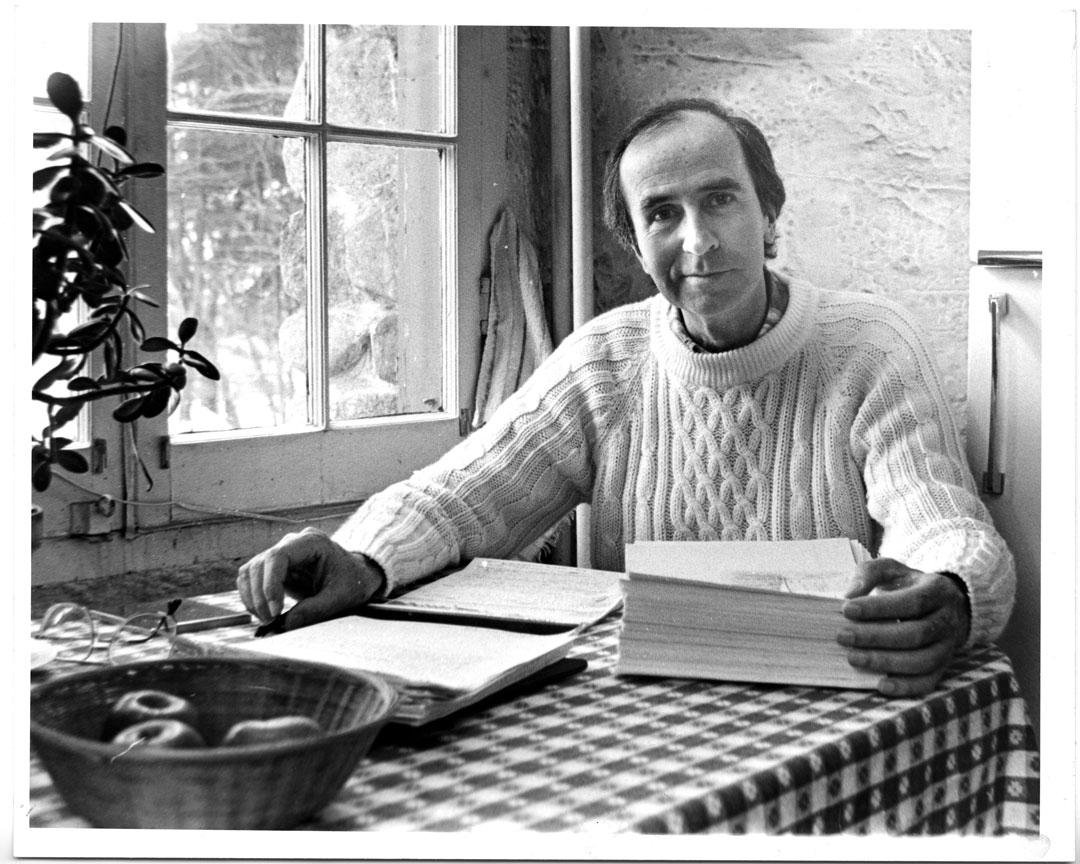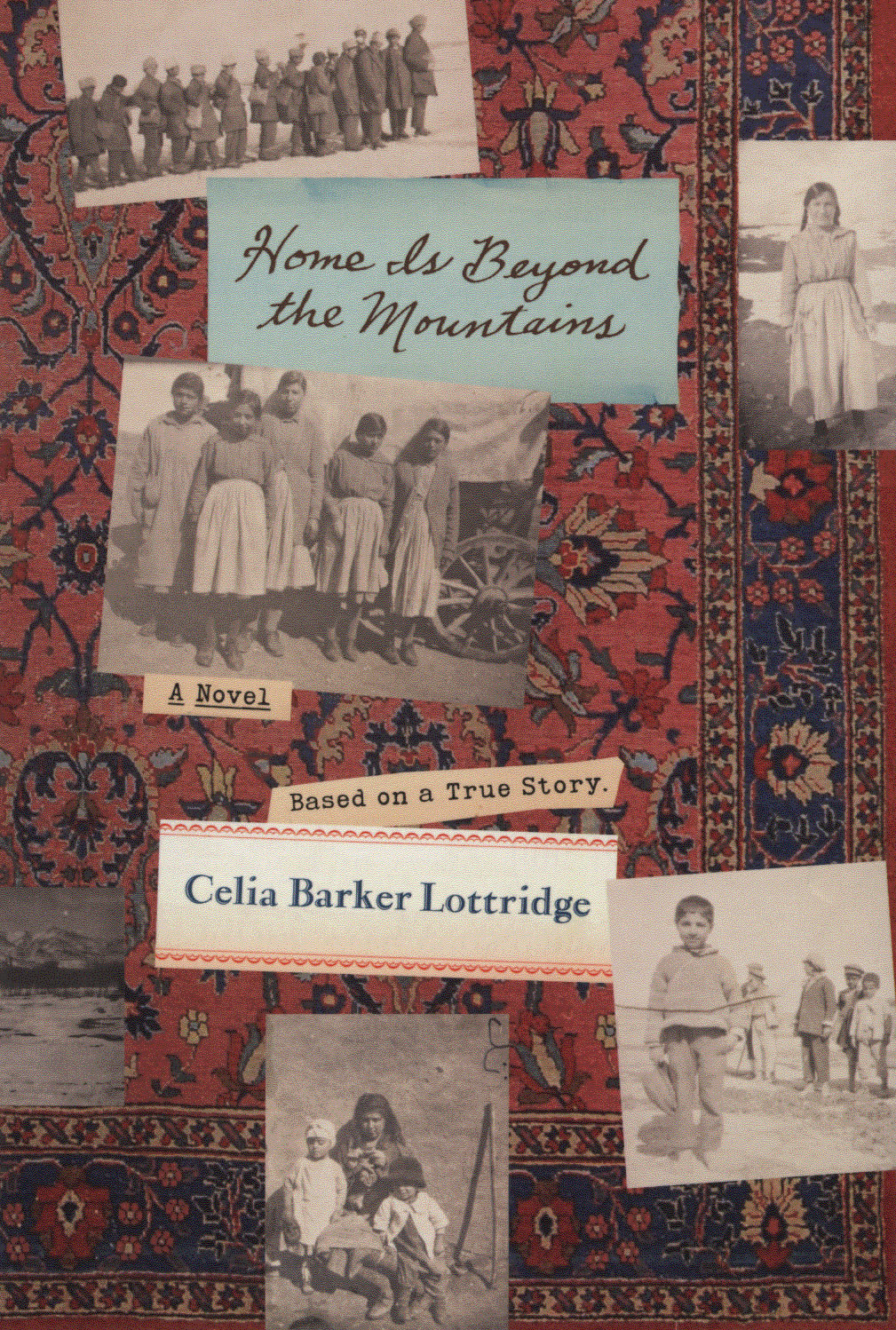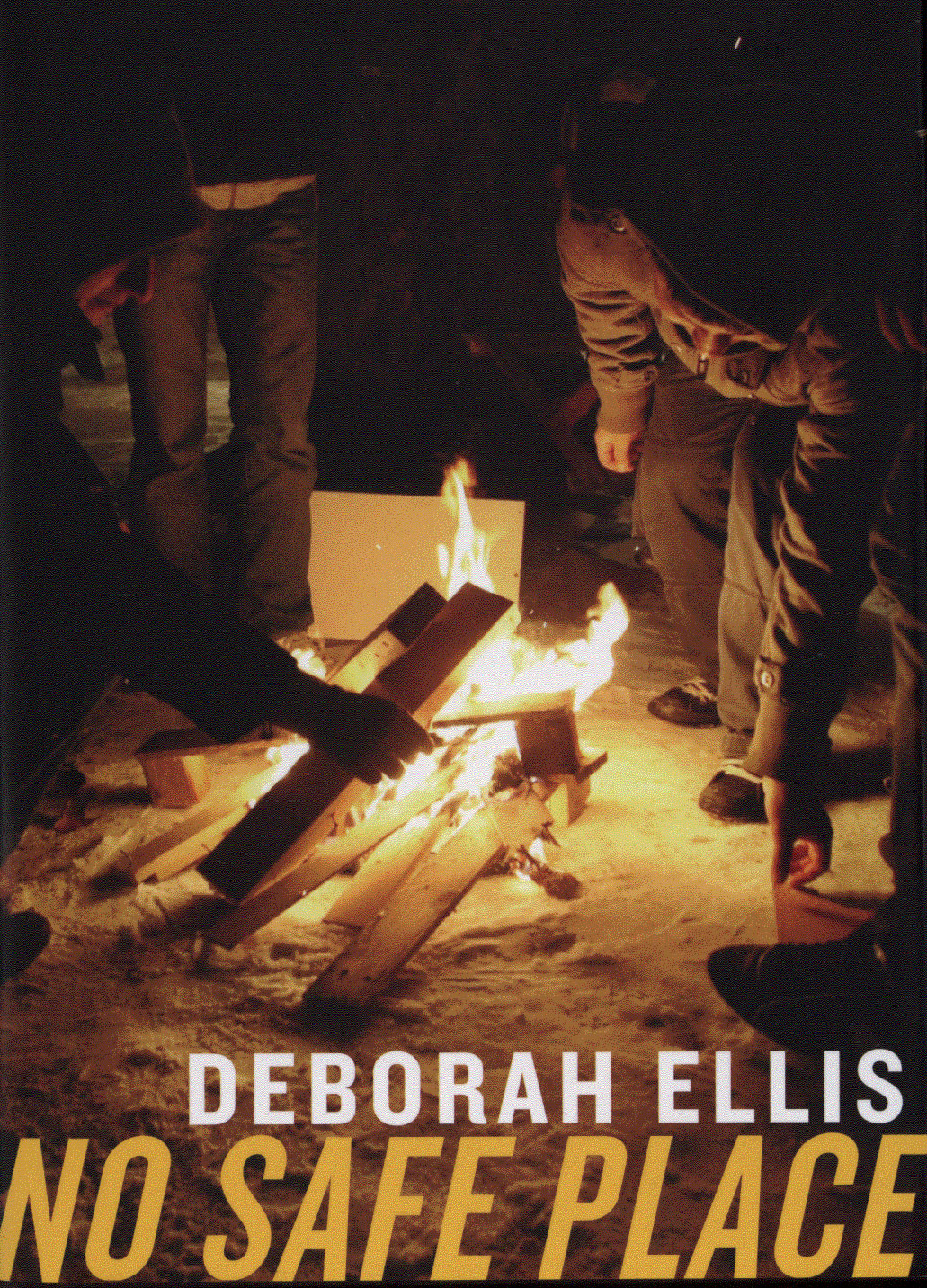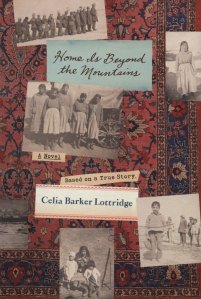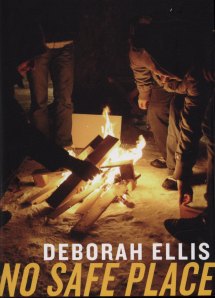The election of 1936, when Franklin D. Roosevelt ran against Alf Landon, may not have been as contentious as some — Roosevelt swept the election by winning 46 of the then 48 states and 98.48% of the electoral votes — but like all elections had its share of accusations and claims hurled against the incumbent. By 1936 Roosevelt had served for almost one full term and his political opponents now had ammunition to use to discredit him and his record. Among other things, he was accused of not being a good steward of the people’s money, of disregarding the Constitution, of being a dictator, and of breaking his promises.
Shown here is a page from a pamphlet titled “The Case Against Franklin D. Roosevelt.” You may first think that this writing would try to prove Roosevelt’s incompetence, but look again. The case the pamphlet makes is that FDR “Wastes the Public Money,” but upon closer reading we see that the pamphlet is really comparing similar claims made to other presidents of the past, such beloved ones as Washington, Jefferson and Lincoln, with the inference that if such claims were made against presidents who we now revere then surely Roosevelt’s policies will also stand the test of time. Also, in the back of the pamphlet we see that it was published by the National Democratic Committee, and such rhetorical language now makes sense.
Here are some questions to ask as you study this page:
How does comparing the record of previous presidents disprove Roosevelt’s opponents’ claims that he wastes public money?
Does this kind of rhetoric work well in making an argument? Do you think the writer’s argument is stronger, in showcasing words used against other presidents, then if he or she just answered the claims in a plainer way?
Also in the pamphlet was a political cartoon from 1861 lampooning Abraham Lincoln for printing “greenbacks”, with a worker saying “These are the greediest fellows I ever saw. With all my exertions I cant satisfy their pocket, though I keep the Mill going day and night.”
Here are some questions:
How does this political cartoon strengthen the National Democratic Committee’s contention that Roosevelt is a good steward of the public’s money, and makes good fiscal policies?
What was the situation that caused Lincoln to print greenbacks? Are the circumstances of Lincoln the same, or worse, for Roosevelt?
This pamphlet comes from the personal papers of Herman Wolf, a Connecticut political consultant who in his youth worked for the Roosevelt campaign.
Laura Smith, Curator for Business, Railroad and Labor Collections


